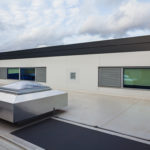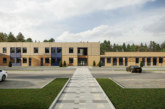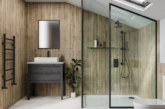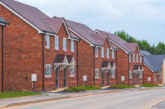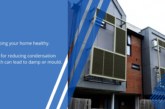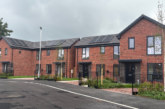Indoor air quality is a primary concern across the education sector, with clear links between poor ventilation and reduced concentration, increased illness, and as a result, higher absenteeism. For those delivering and maintaining school buildings that are energy-efficient and fit for purpose, ensuring effective ventilation is essential. Huw Poppy, Business Operations Manager at Passivent, one of the UK’s leading manufacturers of natural ventilation solutions, provides guidance on how this can be achieved.
Putting products to the test
Natural and hybrid ventilation systems offer a low energy, low maintenance solution that improve air quality, support thermal comfort, and can contribute to the overall sustainability targets of an educational building. But performance and compliance must go hand in hand and all product specifications must meet the requirements of Building Bulletin 101 (BB101) and Building Bulletin 93 (BB93), which set out minimum standards for indoor environmental conditions and acoustic performance in schools.
Putting this theory into practice is another challenge but two recent Passivent projects highlight how tailored ventilation strategies can meet the differing needs of both mainstream and specialist schools.
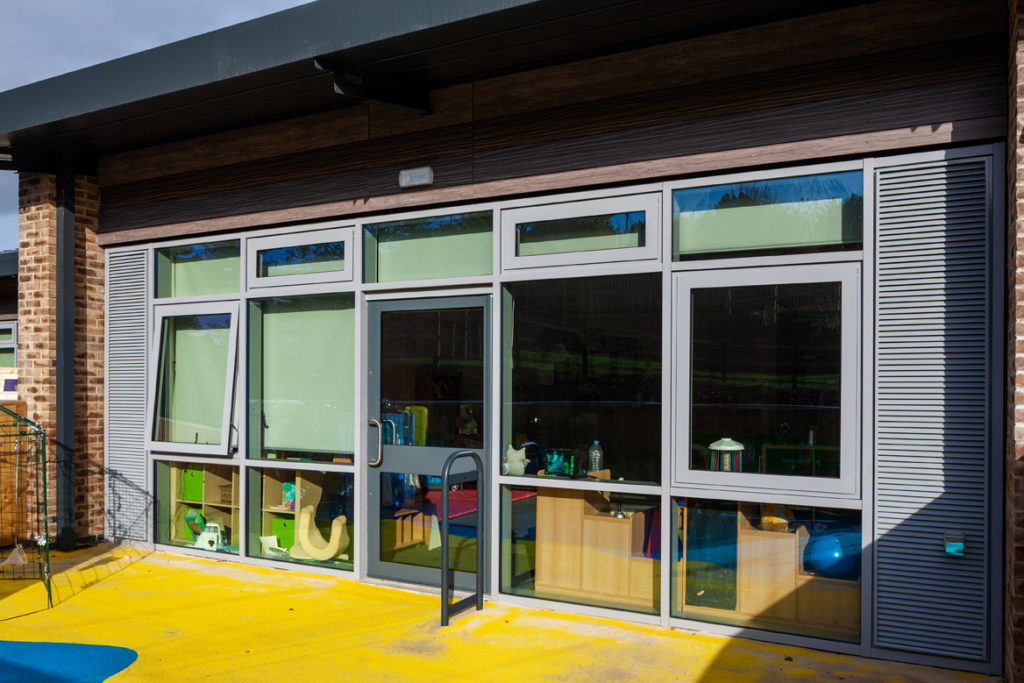
Fresh thinking at Greatfields Primary School
Located in the London Borough of Barking and Dagenham, Greatfields Primary School is a new three-form entry school that will eventually accommodate up to 630 pupils. The £11.8m development was delivered by main contractor Auburn Group, with offsite construction partner Net Zero Buildings. By utilising this modern method of construction, disruption in the local area was minimised, which contributed to meeting sustainability targets for the project.
To further support energy and environmental goals, Passivent provided a natural ventilation strategy across the school using its Hybrid Plus2 Aircool ventilators and Hybrid Plus Airstract roof ventilation terminals.
Working with Cedar Mechanical and Electrical, Passivent’s 58 Hybrid Plus2 Aircool wall ventilators were each mounted behind an external weather louvre, to ventilate the classrooms with fresh air from outside. The team also supplied several of its Hybrid Plus Airstract roof terminals for ventilation of the school’s main hall plus temperature and CO2 sensors for each space along with a 35-zone iC8000 controller to regulate the internal environment. The whole system was linked back to the Building Management System.
 The hybrid units are controlled by intelligent systems that monitor CO₂ and temperature levels, delivering fresh air only when necessary. This demand-led ventilation is not only more energy efficient and cost-effective but also supports compliance with BB101, which outlines key standards for air quality and thermal comfort in schools.
The hybrid units are controlled by intelligent systems that monitor CO₂ and temperature levels, delivering fresh air only when necessary. This demand-led ventilation is not only more energy efficient and cost-effective but also supports compliance with BB101, which outlines key standards for air quality and thermal comfort in schools.
With low maintenance requirements and quiet operation, the system also helps create a calm and effective learning environment. Combined with the benefits of offsite construction, the project shows how a smart ventilation strategy can enhance school design while supporting long-term sustainability and energy efficiency.
A calm and comfortable setting at Sunningdale School
Sunningdale School in Sunderland is a SEND facility where Passivent worked closely with Sunderland City Council at the early design stage to propose a natural ventilation strategy that would create a supportive environment for pupils with multiple learning difficulties.
Many pupils at the school are highly sensitive to environmental changes, making consistent air quality, low noise levels, and stable internal temperatures essential. To meet these requirements, Passivent supplied its unique thermal acoustic Aircool window ventilators for air intake as well as standard window Aircools for extract air as part of a cross-ventilation strategy in all classrooms. Passivent’s Airscoop roof ventilation terminals were also used in the main hall, and the corridors were fitted with Litevent Airstract rooflight ventilators which helped to maximise the flow of natural light as well as supporting the overall natural ventilation strategy.

Meeting regulatory requirements with practical solutions
As outlined in BB101, all new schools must provide good indoor air quality, avoid overheating, and deliver thermal comfort throughout the year. However, these targets are increasingly challenging as building envelopes become more airtight and summers grow warmer due to climate change. Whilst a cross-ventilation strategy may be suitable in some schools, a hybrid ventilation system can offer a practical solution for a single-sided ventilation strategy, combining passive ventilation with low-energy mechanical assistance to maintain healthy conditions when natural airflow alone is not sufficient.
At the same time, BB93 requires that ventilation systems do not compromise the acoustic performance of teaching spaces. This is particularly important in SEND settings, where noise sensitivity is often a key issue. Many natural and hybrid systems, like those supplied by Passivent, are specifically engineered to meet these criteria, making them suitable for both mainstream and specialist environments.
In order to create this important balance between educational performance and environmental responsibility, the effective execution of appropriate ventilation strategies has never been more important. However, by working with a knowledgeable supply chain partner that can offer the most suitable technical advice, and help deliver a tailor-made ventilation strategy, this learning curve can be significantly reduced.
To find out more about how we can help, visit www.passivent.com
Header image: Litevent and Aircool ventilation solutions from Passivent installed at Sunningdale School ©MatthewNicholPhotography


